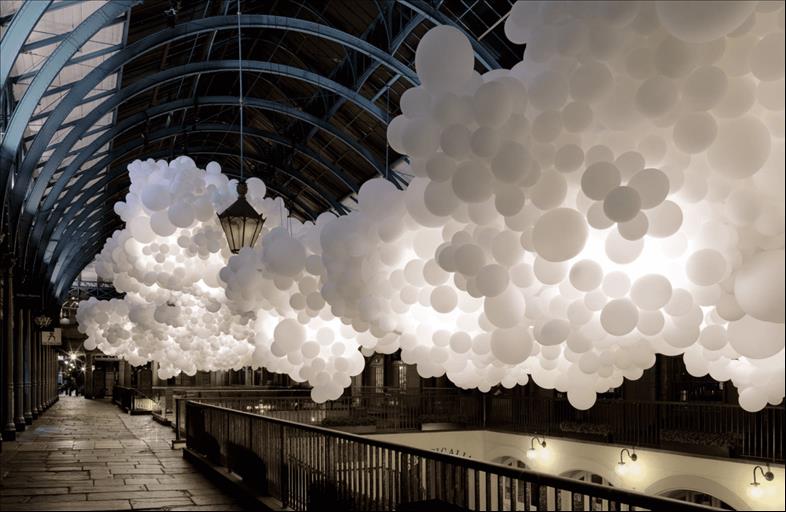
The Evolution Of Installation Art In The 21St Century
Installation art, distinguished by its three-dimensional works designed to transform the perception of space, began to take shape distinctly in the 1970s and 1980s. However, the 21st century marked a significant shift in scope and ambition, influenced by rapid technological advancements and a growing global consciousness among artists and audiences alike. This period has seen installation art moving from galleries to public spaces, engaging broader audiences in more interactive and sensory experiences.
Modern Installation Art ExamplesThe rise of digital technology has particularly expanded what is possible in the realm of installation art. Thus modern installation art examples like Yayoi Kusama's mirrored rooms use technology to alter one's sensory experiences, creating infinite reflections that invite personal introspection and public interaction. Similarly, teamLab's digital installations employ LED displays, soundscapes, and even augmented reality to create immersive environments that blur the lines between the digital and the physical.
Famous Contemporary ArtistsThe 21st century has also been marked by the emergence of famous contemporary artists who have pushed the boundaries of installation art. Artists like Ai Weiwei, Olafur Eliasson, and Janet Echelman have become renowned for their ambitious, large-scale projects that often incorporate elements from their diverse cultural backgrounds and comment on social issues. Their works are recognized not just for their aesthetic value but also for their engagement with contemporary social, political, and environmental issues.
Trends in Installation ArtContemporary installation art trends indicate a preference for themes related to the environment and social issues that resonate with society. Modern art installations frequently tackle subjects like climate change, human migration patterns, and the influence of technology in our lives. Artists are opting for eco materials, repurposing various objects and substances to shed light on waste management, consumerism, and the decline of our natural surroundings.
In addition to that point is the rising popularity of temporary or context-specific installations created to exist only temporarily in their designated area. The temporary aspect of installation art reflects upon ideas related to impermanence and transformation, which mirror the changing nature of the world.
Interactive and Community-Driven ArtA significant trend in the evolution of installation art revolves around incorporating elements that depend on engagement to finalize the piece. This change highlights the role of the audience as a component of the art itself and promotes a livelier connection between the artwork and its spectators. Community-oriented initiatives frequently promote teamwork by uniting individuals to encounter and impact art.
ConclusionThe evolution of installation art in the 21st century reflects a dynamic and continuously adapting art form that responds to global themes and harnesses new technologies. For those interested in a deep dive into what defines contemporary installation art, go to Dion Art Studio blog page. As we look towards the future, the trajectory of installation art promises even greater integration of tech, immersive experiences, and community engagement, reshaping our public and private spaces in profound ways.

Legal Disclaimer:
MENAFN provides the
information “as is” without warranty of any kind. We do not accept
any responsibility or liability for the accuracy, content, images,
videos, licenses, completeness, legality, or reliability of the information
contained in this article. If you have any complaints or copyright
issues related to this article, kindly contact the provider above.

















Comments
No comment